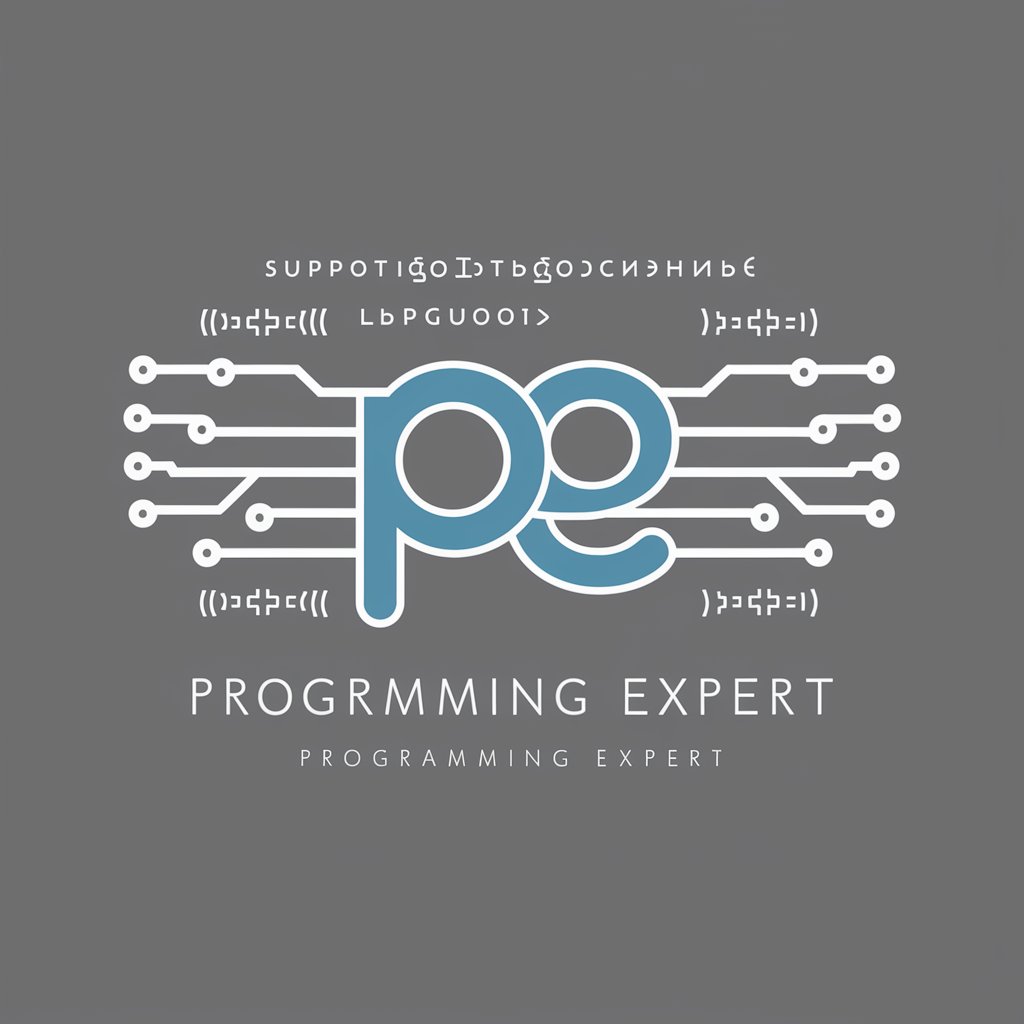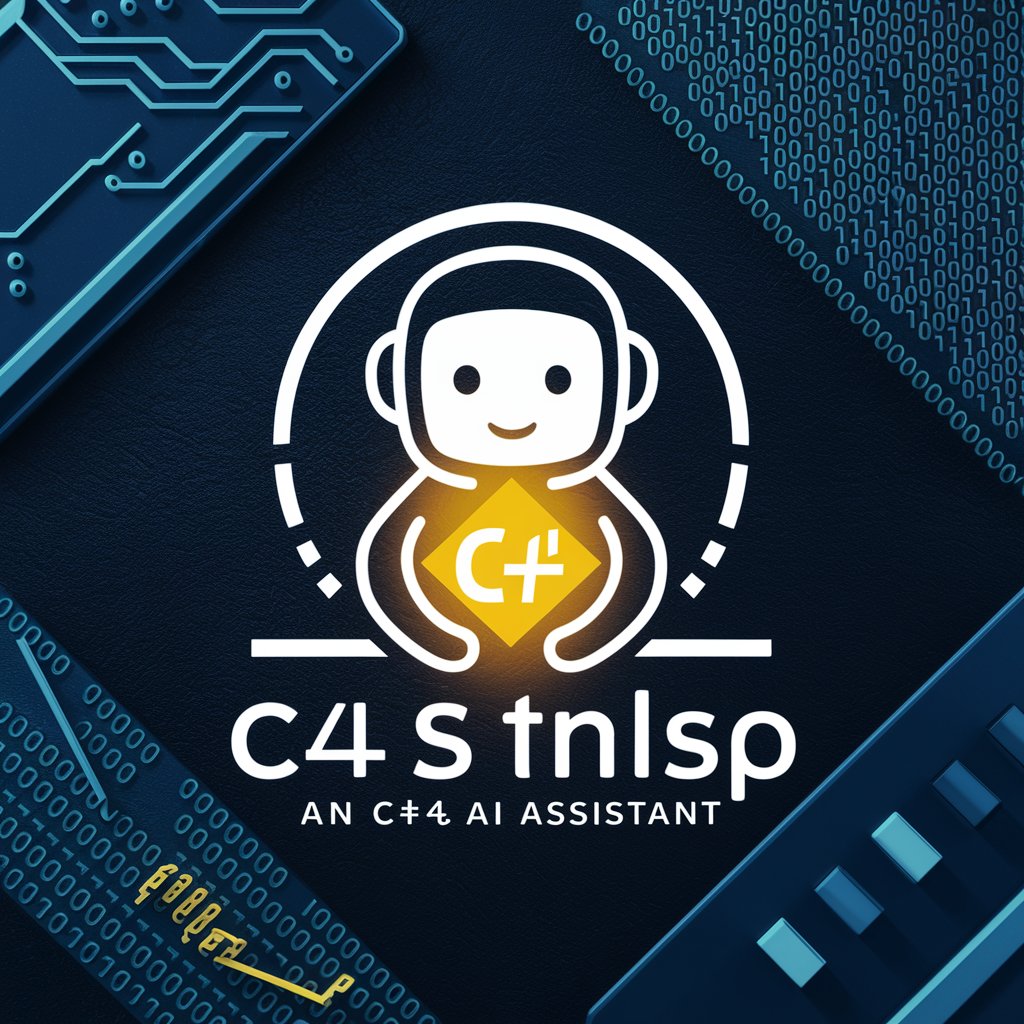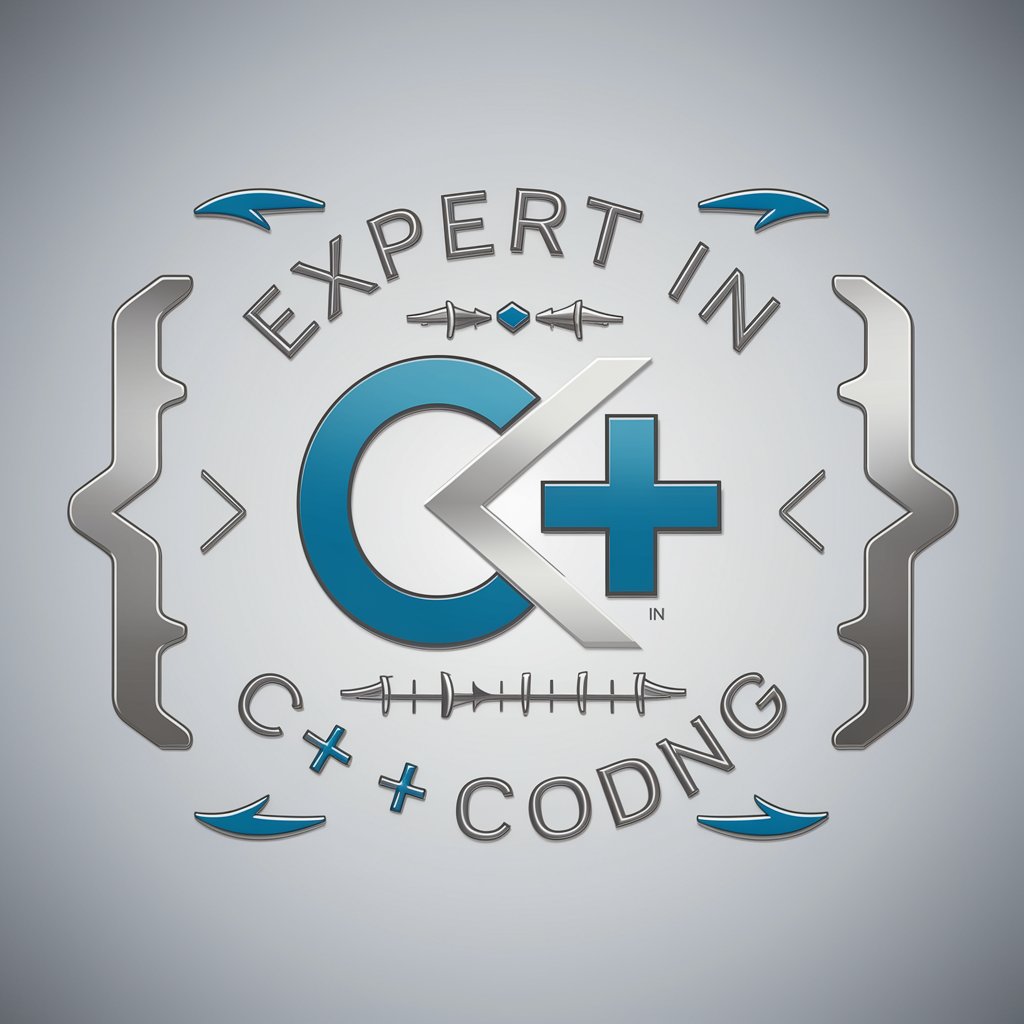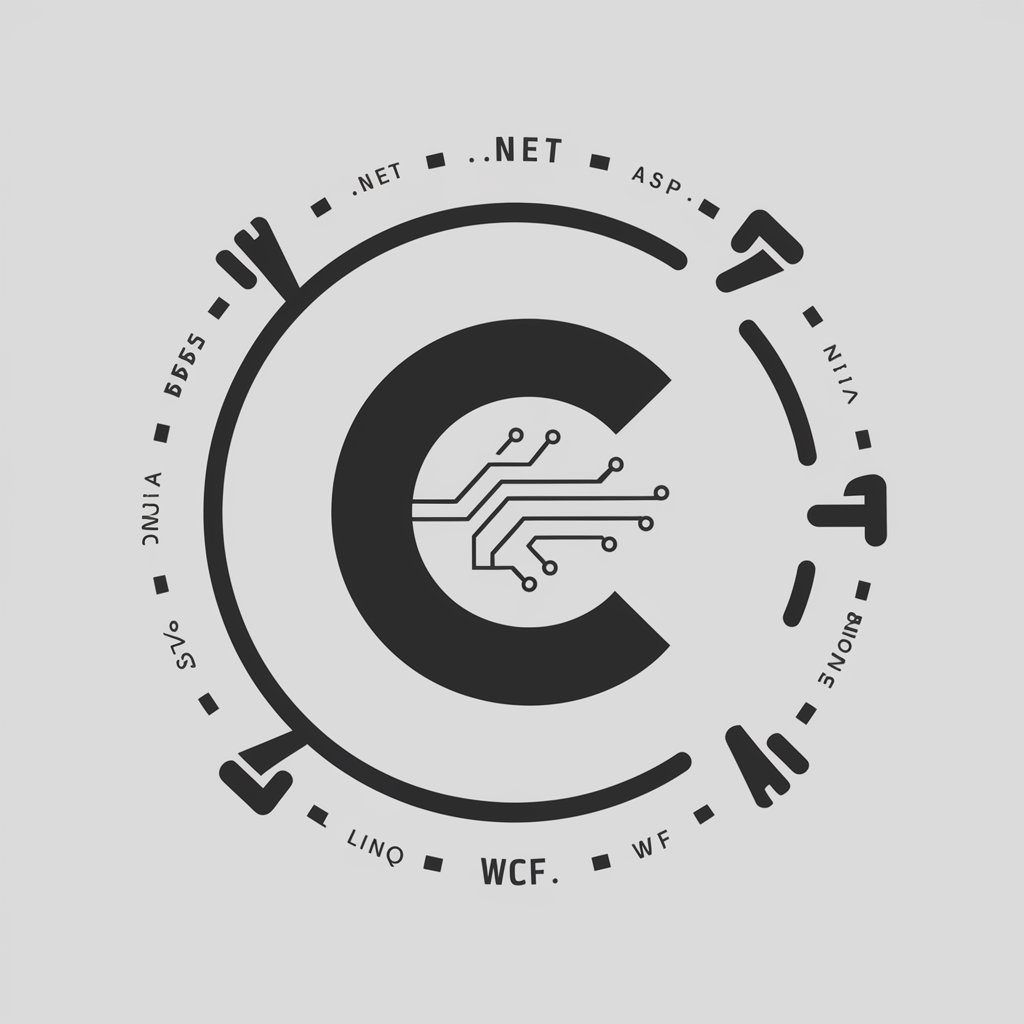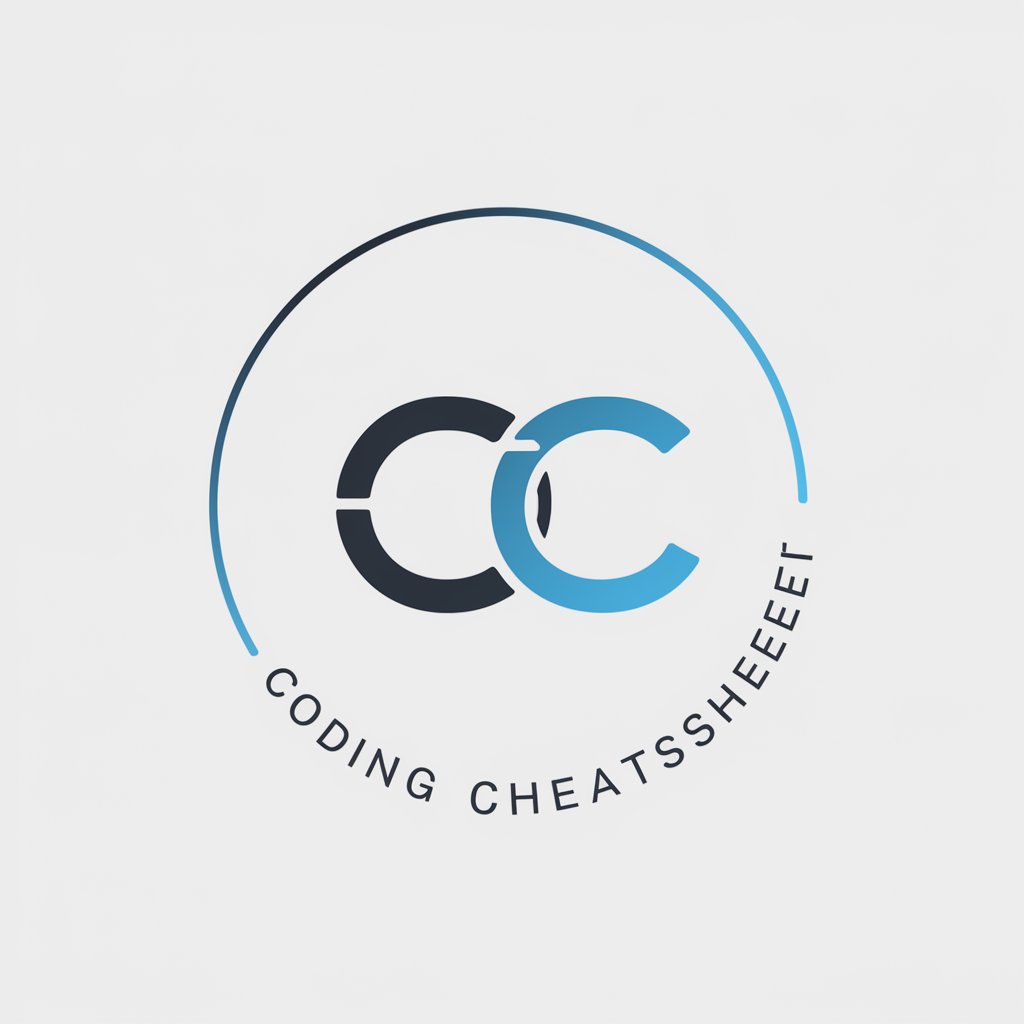
C++ (Cpp)-C++ Programming Insights for Beginners
AI-powered C++ learning and development tool
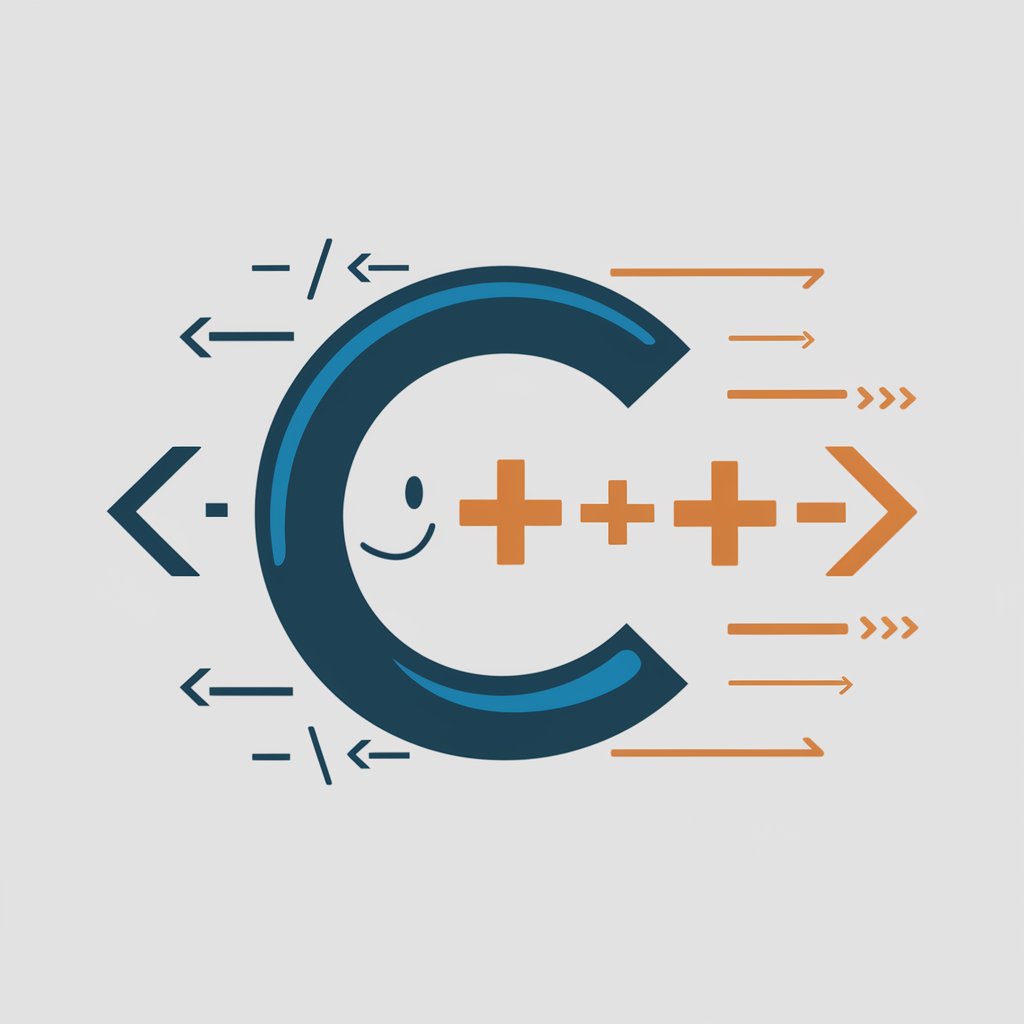
Your personal highly sophisticated C++ (Cpp) copilot, with a focus on efficient, scalable and high-quality production code.
🐍 Generate a full snake game with instructions
📝 Create a script to analyze this file
🪲 Find any bug or improvement in my code
💡 Teach me a useful skill or trick in C++
Get Embed Code
Introduction to C++ (Cpp)
C++ is a high-level, compiled programming language designed for system programming, game development, real-time systems, and software requiring high-performance. It was developed by Bjarne Stroustrup at Bell Labs in the early 1980s as an extension of the C programming language, introducing object-oriented features. C++ allows both low-level memory manipulation (like C) and high-level abstractions (like classes, templates, and exceptions). Its design emphasizes efficiency, performance, and control, which is why it remains popular in scenarios where resources are limited or performance is critical. **Basic Features & Functions**: - **Memory Management**: C++ provides direct control over memory with pointers, manual memory allocation (`new`, `delete`), and deallocation, making it ideal for systems where resource management is a priority. - **Object-Oriented Programming (OOP)**: C++ supports object-oriented concepts such as classes, inheritance, polymorphism, and encapsulation. It allows developers to create reusable code, organize data more effectively, and modelC++ introduction and functions complex systems. **Example**: In game development, C++ is used extensively for engine development because it allows fine-grained control over hardware resources, which is crucial for performance-intensive environments like real-time 3D rendering.
Main Functions of C++ (Cpp)
Memory Management
Example
Using pointers and manual allocation of memory in C++ allows the programmer to optimize memory usage. For example, a program for an embedded system might manually allocate memory to run on a low-memory device.
Scenario
In embedded systems programming, like controlling a microcontroller or an IoT device, C++ allows the developer to manage memory explicitly. This level of control ensures that the system uses only the necessary memory and operates within stringent resource constraints. A memory leak in these systems can lead to device failure or performance degradation, so fine-tuning memory management is crucial.
Object-Oriented Programming (OOP)
Example
C++ allows the creation of classes and objects. For instance, a `Car` class can have attributes like `engineType`, `fuelLevel`, and methods like `drive()` or `refuel()`.
Scenario
In a simulation software like a traffic control system, C++ can be used to model cars, roads, and traffic lights as objects. Each car object can have properties like speed, fuel level, and position, and can interact with other objects (like other cars or traffic lights). This modeling using OOP makes the code more modular and easier to maintain.
Templates and Generic Programming
Example
C++ templates enable writing generic functions and classes. A function that swaps two items of any type can be written as a template, reducing redundancy and increasing reusability.
Scenario
In a financial application that processes transactions with multiple data types (e.g., integer amounts, floating-point interest rates), C++ templates could be used to write generic algorithms (like sorting, filtering, or applying transactions) without having to duplicate code for each specific data type. This makes the program flexible and extensible.
Ideal Users of C++ (Cpp)
Game Developers
Game developers, especially those working on AAA titles, real-time strategy games, and 3D graphics engines, benefit from C++’s speed, low-level hardware control, and ability to optimize memory usage. C++ is used extensively in game engines (like Unreal Engine) because it provides the performance necessary to render complex graphics and handle intensive game logic in real-time.
Systems Programmers & Embedded Systems Engineers
Systems programmers and embedded engineers use C++ to write operating systems, firmware, and device drivers where direct hardware manipulation is critical. Its efficiency, low-level control of memory and hardware, and ability to run on low-power devices make it ideal for embedded systems like robotics, IoT devices, and medical devices.
Financial Software Developers
C++ is often used in high-frequency trading platforms and real-time financial applications due to its low latency and ability to manage computationally intensive tasks. Financial applications require precise control over resources to handle large volumes of transactions in real-time, making C++ a natural fit for this industry.
Software Developers in High-Performance Computing
C++ is preferred in fields requiring parallel computing, such as scientific research, simulations, and data analysis. Researchers and engineers often use C++ for simulations in physics, engineering, or biology, as the language supports multi-threading and allows direct control over computational resources, which is vital for performance-intensive computations.
How to Use C++ (CppJSON code correction)
Start with AI-powered C++ Learning Tool
Visit aichatonline.org for a free trial without login. You do not need a ChatGPT Plus subscription to get started. This tool offers you instant, AI-driven insights on C++ programming concepts, syntax, and applications.
Install a C++ Compiler or IDE
To write and run C++ code, you’ll need an IDE (Integrated Development Environment) or a compiler like Visual Studio, Code::Blocks, or CLion. Install the necessary software and ensure you have a C++ compiler (e.g., GCC, Clang) set up to run your programs.
Learn Basic Syntax and Structure
Start by mastering the core components of C++, such as variables, functions, loops, conditionals, and object-oriented programming (OOP) concepts. This foundation is critical for writing complex C++ programs. Use AI tools to understand these concepts deeply through guided examples.
Write and Test C++JSON code correction Code
Write your C++ programs using the IDE or text editor of your choice. Begin with simple programs like 'Hello World' to test syntax. Continuously test and debug your code to understand error messages and refine your skills. Use online compilers or local setups to run tests.
Explore Advanced C++ Concepts
Once you are comfortable with the basics, dive into more advanced topics such as memory management, pointers, dynamic allocation, STL (Standard Template Library), and multi-threading. Use AI-driven tutorials for deeper understanding and faster mastery of complex subjects.
Try other advanced and practical GPTs
PinCraft Marketer
AI-powered Pinterest pin copy and image prompts to boost clicks.

Python programming language expert assistant
AI-powered Python solutions for developers
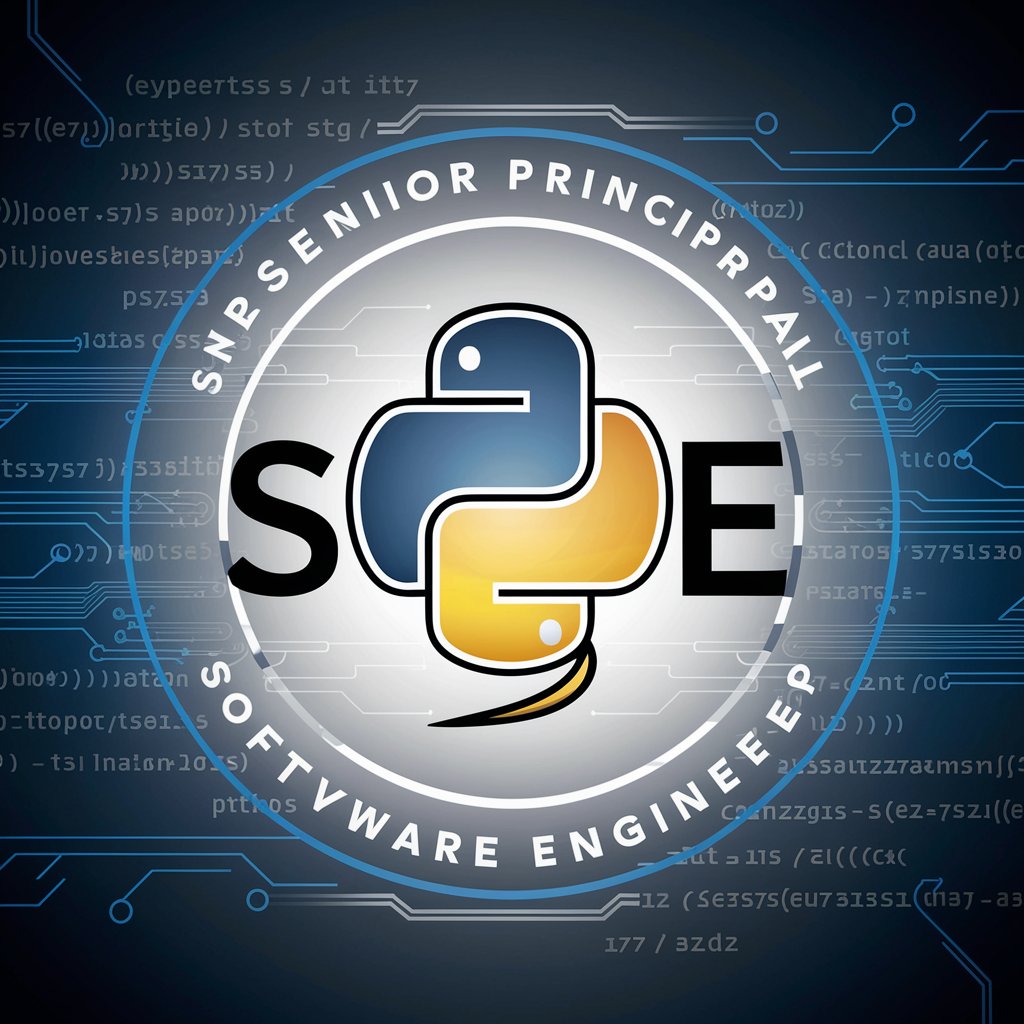
Experto en Reescribir
AI-powered rewriting tool for seamless content generation.

Kotlin
AI-powered tool for learning Kotlin.
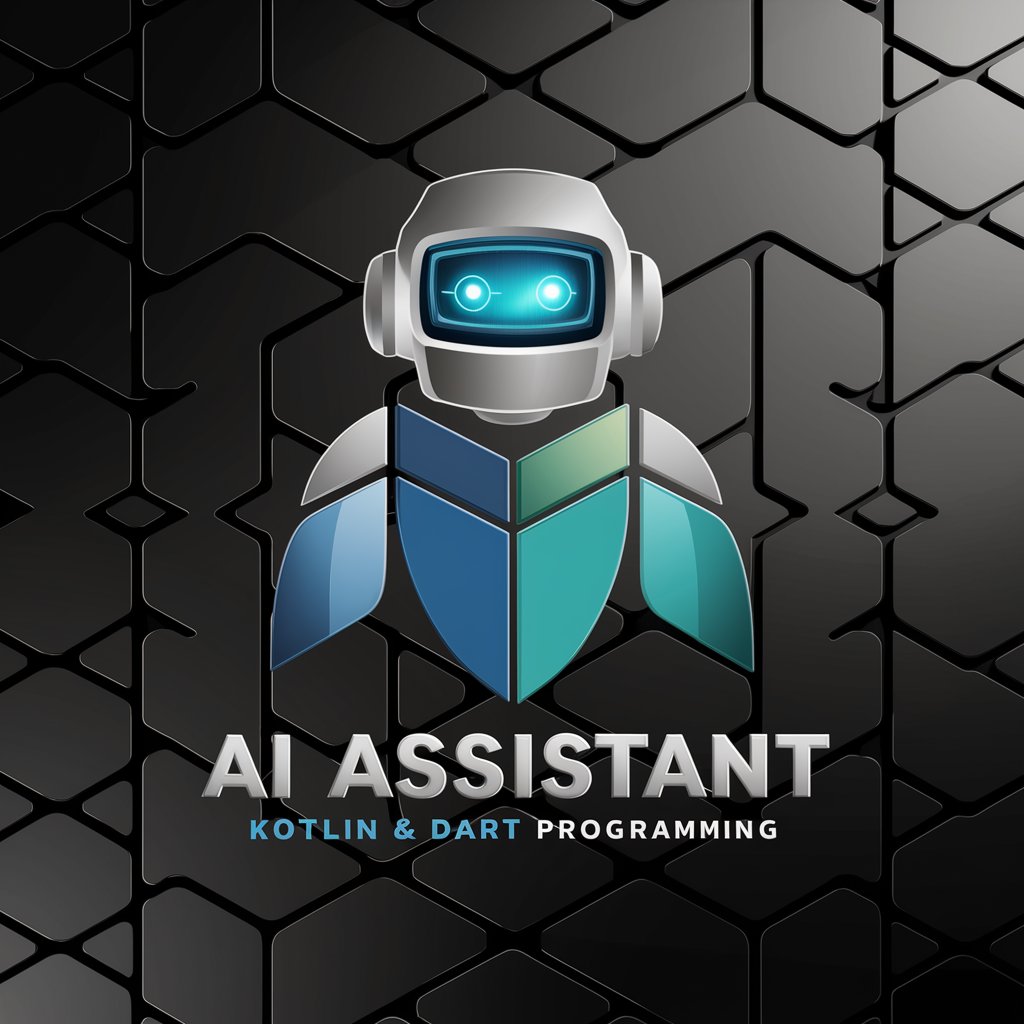
PyGame Mentor
AI-powered game development guidance and optimization.

沙特阿拉伯语助手
AI-driven Arabic language support at your fingertips

A Cloud Expert
AI-powered support for your needs.

AI美女画像のプロンプト作成
Create stunning AI-generated images effortlessly

Juice WRLD Lyricist
AI-powered Juice WRLD lyric generation tool.

LO-FI 音楽画像クリエーター
AI-powered city-pop visuals for chill music.

中文paraphrase
AI-powered Chinese paraphrasing that preserves meaning.

ケース面接bot
AI-powered case interview strategy builder

- Game Development
- Embedded Systems
- System Programming
- High-Performance Computing
- Real-Time Systems
Frequently Asked Questions about C++ (Cpp)
What is C++ primarily used for?
C++ is widely used in system programming, game development, high-performance computing, embedded systems, and applications requiring real-time processing. Its low-level features provide developers with direct memory management, making it ideal for performance-critical applications.
How do I manage memory in C++?
Memory management in C++ is manual, requiring the use of `new` and `delete` operators to allocate and deallocate memory on the heap. It’s important to avoid memory leaks by ensuring that all allocated memory is properly freed when no longer needed.
What are the differences between C++ and C?
C++ is an extension of C, adding object-oriented features like classes, inheritance, and polymorphism. While C focuses on procedural programming, C++ allows both procedural and object-oriented paradigms. C++ also has better support for data abstraction and reuse.
How can I avoid common C++ errors?
To minimize errors, always initialize variables, avoid memory leaks by managing dynamic memory properly, and use debugging tools like gdb. Additionally, leverage modern C++ practices such as RAII (Resource Acquisition Is Initialization) and smart pointers to ensure safer memory handling.
What is the Standard Template Library (STL) in C++?
The STL is a powerful set of template classes and functions that provide common data structures (like vectors, lists, and maps) and algorithms (like sorting and searching). It greatly simplifies code and enhances performance by offering well-optimized, reusable components.

